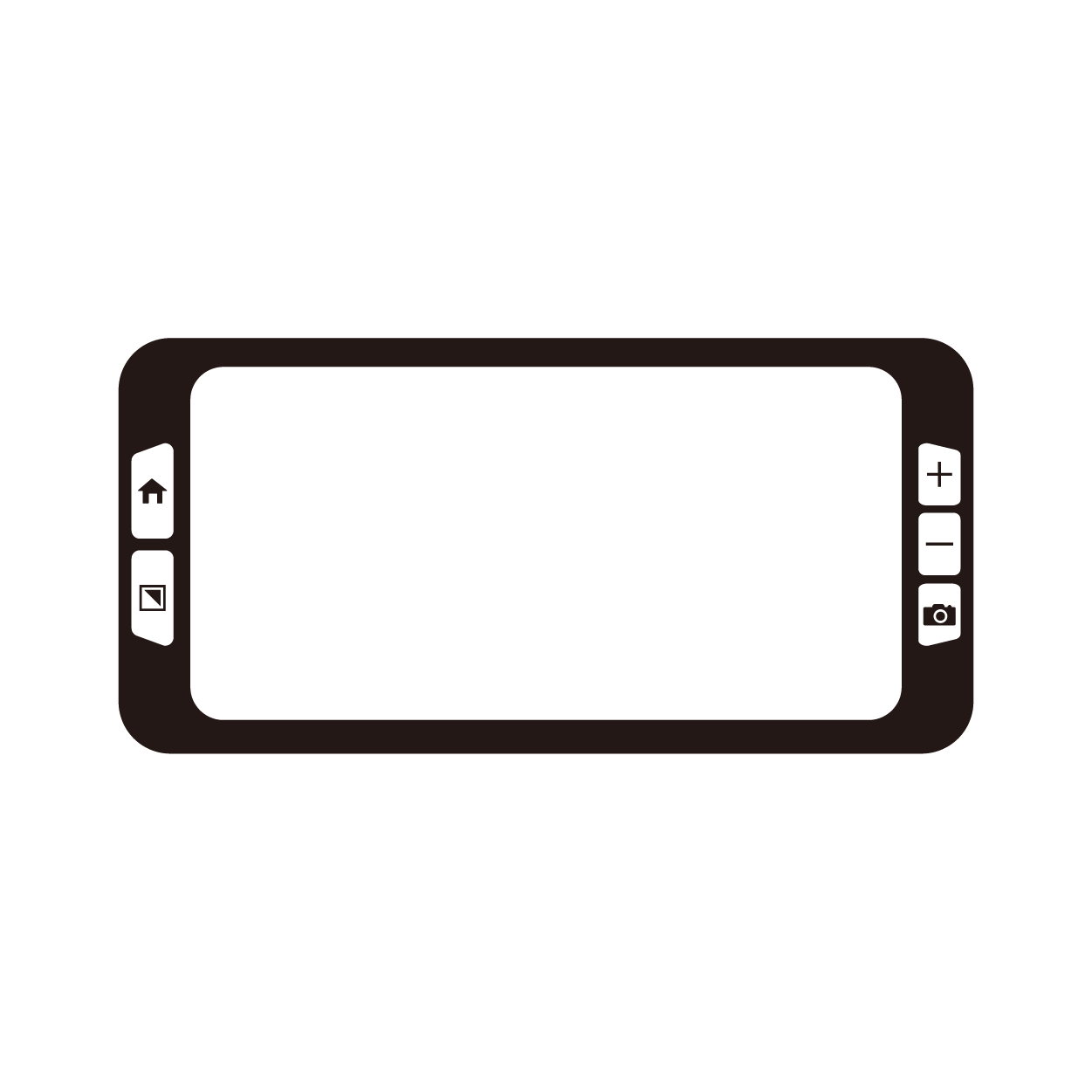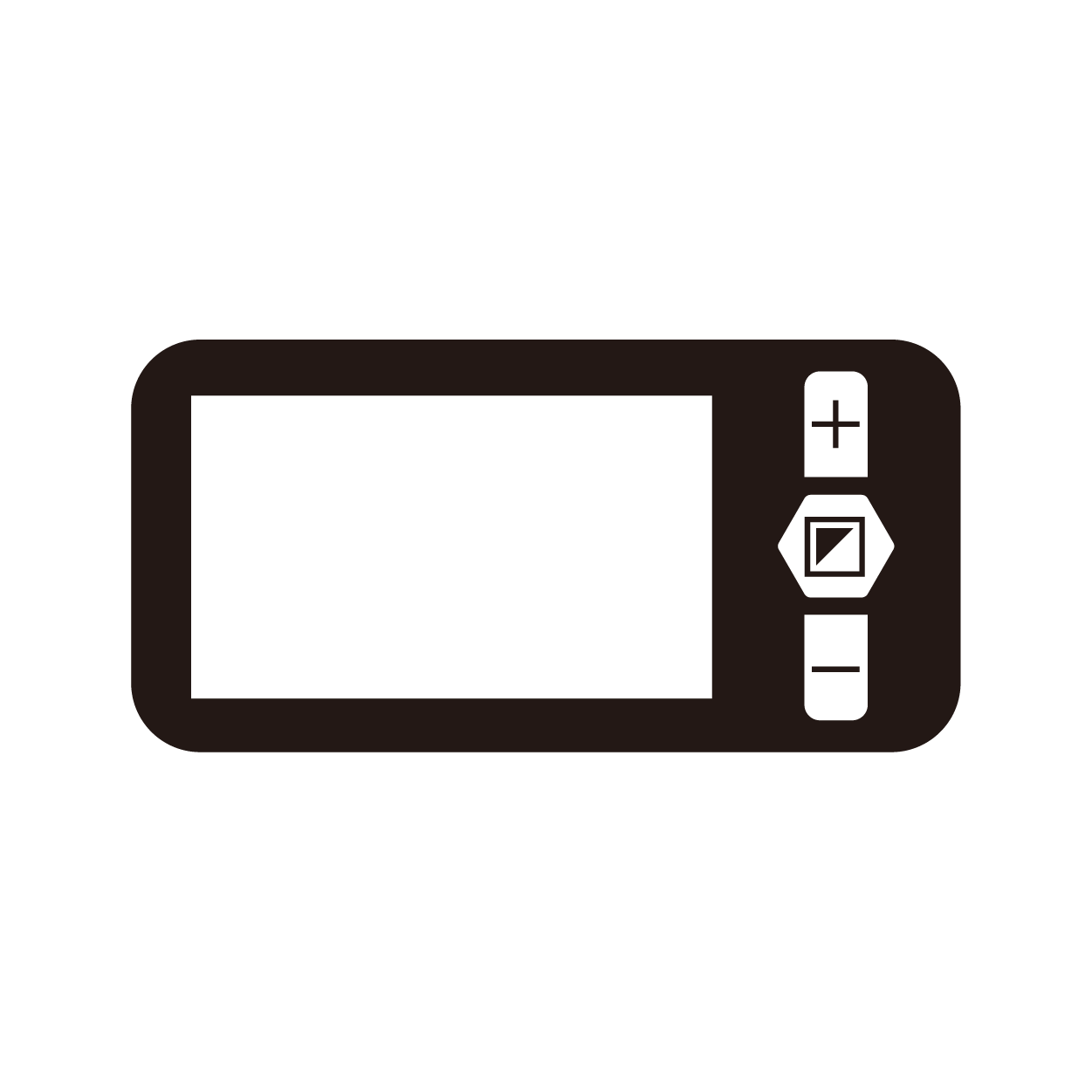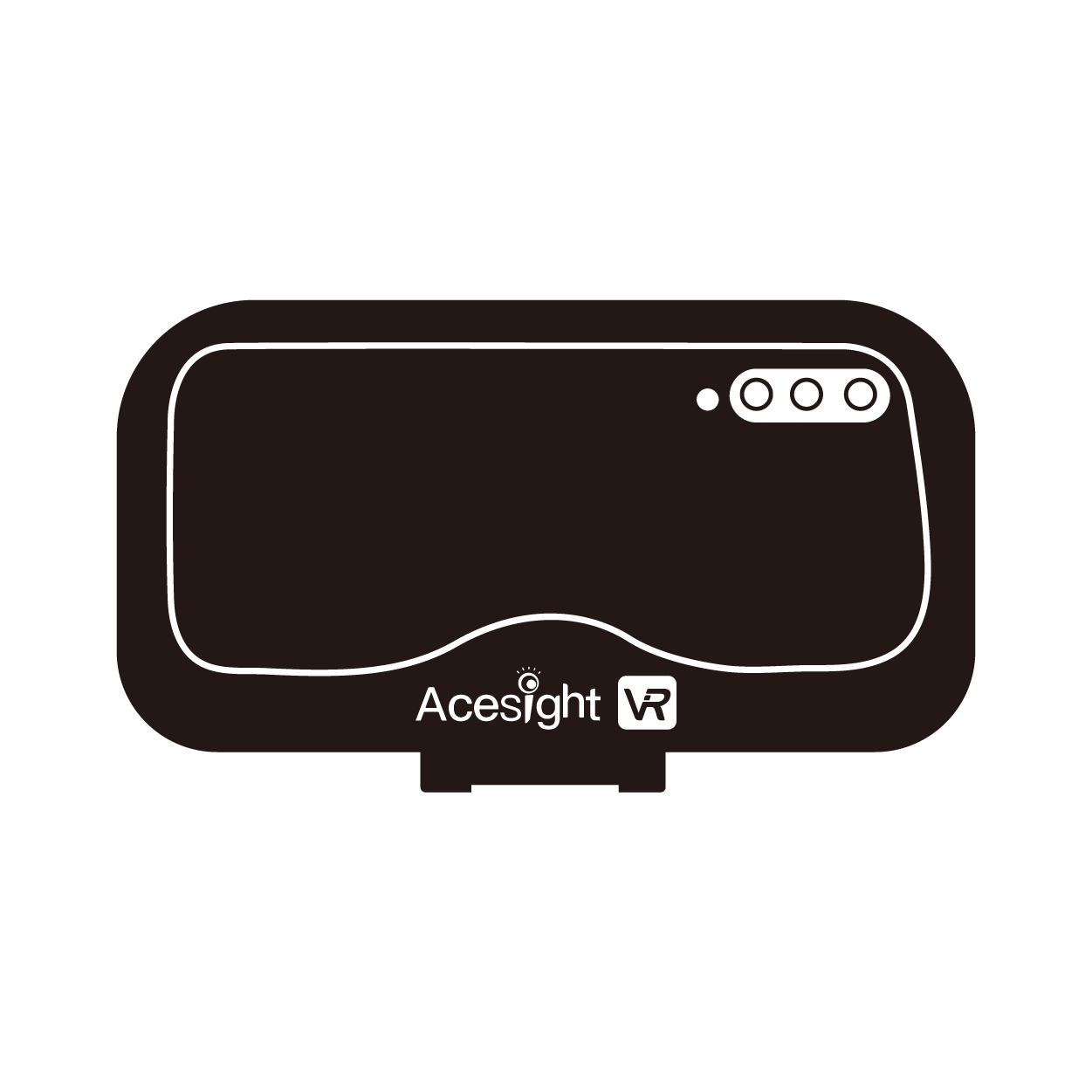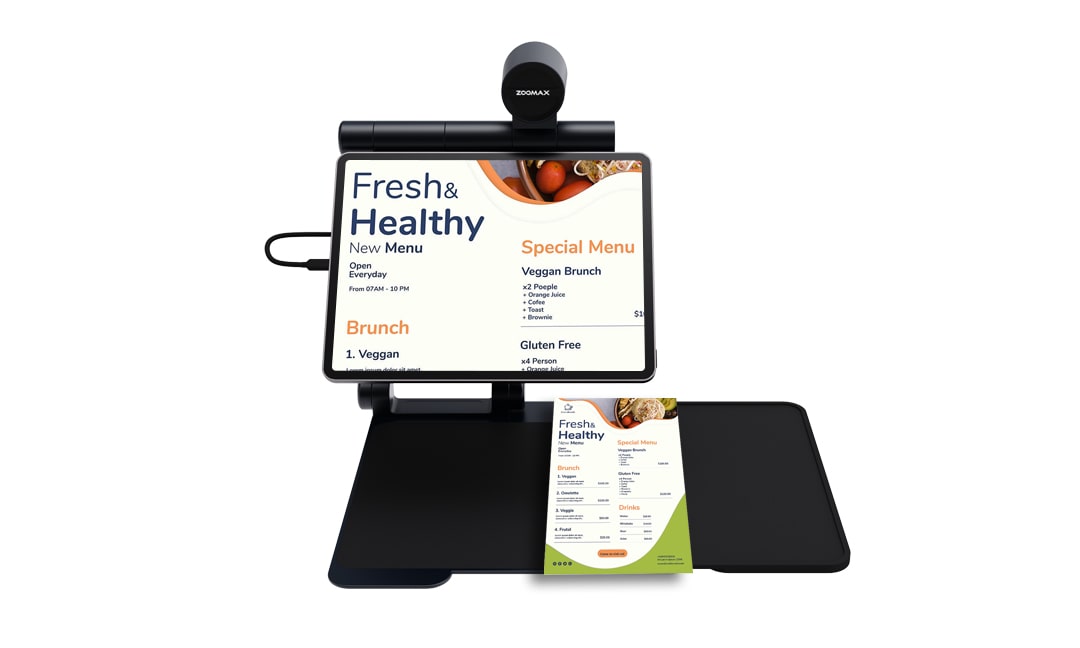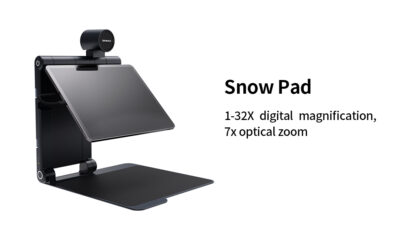2025’s Most Innovative Vision Aids: How Snow Pad Transforms Life for Macular Degeneration & Low Vision Users
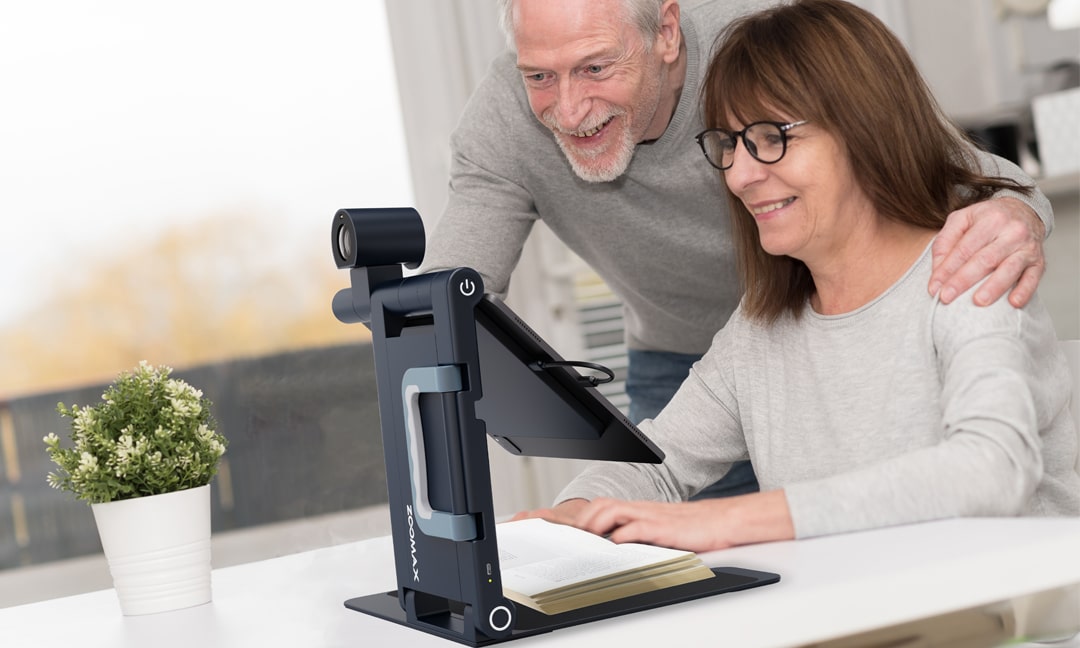
In an aging world, macular degeneration remains one of the leading causes of low vision among adults over 50—with millions grappling with blurred central vision, difficulty reading fine print, and diminished independence in daily life. For visually impaired older adults, traditional vision aids often fall short: bulky magnifiers limit mobility, closed-system devices feel outdated, and steep learning curves discourage adoption. But 2025 marks a turning point in assistive technology, where innovation meets usability—and the Snow Pad portable electronic vision aid stands out as a game-changer. Designed with macular degeneration patients and low vision users in mind, its tablet-compatible interface, intuitive design, and multi-scene adaptability empower older adults to reclaim control—without the frustration of learning complex new tools.
The Hidden Struggles of Low Vision & Macular Degeneration in 2025
For the growing population of older adults living with macular degeneration, low vision isn’t just a “vision problem”—it’s a barrier to autonomy. Simple tasks that once felt effortless—reading a prescription label, following a recipe, video-calling grandchildren, or balancing a checkbook—become tedious, stressful, or even impossible with traditional aids. Many visually impaired seniors avoid social gatherings because they can’t recognize faces, or skip doctor’s appointments for fear of misreading instructions.
The limitations of outdated vision aids exacerbate these challenges: Single-purpose magnifiers can’t adapt to both reading a menu and viewing a distant whiteboard; closed-system devices isolate users from the digital tools they already love (like tablets); and complicated interfaces leave tech-savvy seniors feeling defeated. In 2025, the demand for innovative vision aids isn’t just about “seeing better”—it’s about living better: tools that integrate with existing habits, respect independence, and require minimal learning.
2025’s Top Innovative Vision Aids: Why Snow Pad Leads the Pack
While 2025 offers a range of cutting-edge vision solutions—from implantable retinal devices to AR smart glasses—many are either prohibitively expensive, medically invasive, or ill-suited for everyday use. The Snow Pad, by contrast, fills a critical gap: it’s a portable, affordable, and user-centric vision aid that speaks directly to the needs of macular degeneration and low vision older adults. Here’s how it stands out:
1. Customized Features for Macular Degeneration
Unlike one-size-fits-all magnifiers, the Snow Pad is engineered to address the unique visual challenges of macular degeneration—specifically, central vision loss and reduced contrast sensitivity. It offers 1–32X digital magnification (paired with 7x optical zoom) to sharpen fine details, while customizable contrast modes (yellow-on-black, negative, and high-definition color) reduce eye strain during extended use. For seniors who struggle to read pill bottles, newspapers, or smartphone screens, this precision turns frustration into confidence.
2. Tablet-Compatible Design: No Learning Curve for Tech-Savvy Seniors
One of the Snow Pad’s biggest advantages is its intuitive, tablet-like interface—perfect for older adults who already use iPads or Android tablets. The touchscreen controls, familiar navigation menus, mean there’s no steep learning curve: if you can scroll through photos or video-call family on a tablet, you can master the Snow Pad in minutes. It syncs seamlessly with most mainstream tablets, letting users access their favorite apps (e.g., e-readers, recipe apps, video platforms) while using the Snow Pad’s magnification and enhancement features—eliminating the need to switch between devices.
3. Multi-Scene Versatility: From Home to On-the-Go
Older adults with low vision need a vision aid that keeps up with their lives—and the Snow Pad delivers. Its foldable, lightweight design (approximate 2.4kgs) fits in a backpack, making it ideal for:
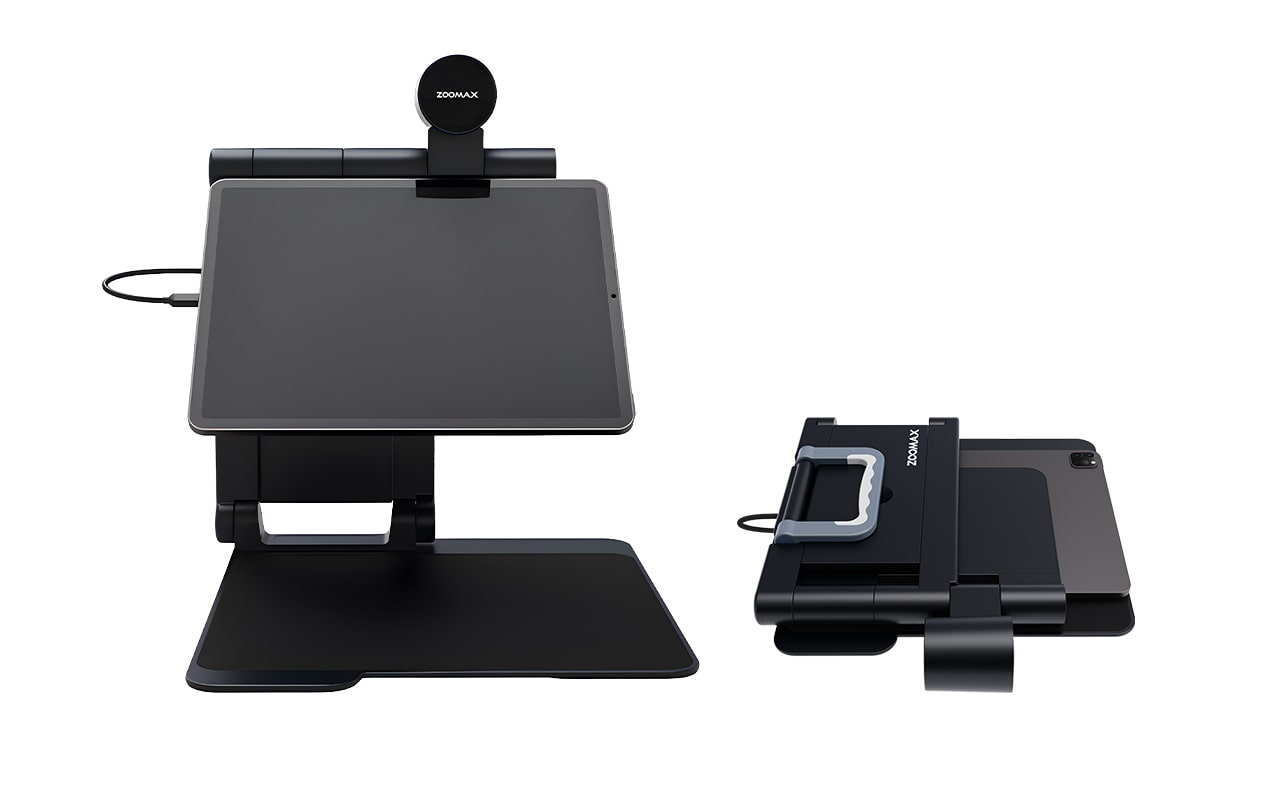
- Dining out: Sharpening restaurant menus in dimly lit spaces;
- Family gatherings: Recognizing facial expressions and following conversations;
- Home use: Following recipes or reading books without leaning close to pages;
- Doctor’s visits: Viewing medical charts or prescription details clearly.
It also features hands-free design for tasks like doodling or crafting, and OCR/TTS multi-language text-to-speech—so seniors can listen to articles or messages if reading becomes tiring.
4. Open Ecosystem: No More “Closed” Limitations
Traditional vision aids often trap users in closed systems, limiting access to digital content. The Snow Pad breaks this barrier: it connects to Wi-Fi, Bluetooth, and cloud services, letting users browse the web, access audiobooks, or share photos with family—all while using the device’s vision-enhancing tools. For seniors who value staying connected, this means no more choosing between “seeing” and “engaging” with the world.
Real-Life Impact: Snow Pad’s Transformative Stories for Older Adults
The true measure of an innovative vision aid is how it changes lives—and the Snow Pad has already earned rave reviews from macular degeneration and low vision seniors:
“I was diagnosed with macular degeneration last year and thought I’d never read a book again,” says Margaret, 72. “The Snow Pad’s tablet interface feels just like my iPad—I can use my favorite e-reader app and adjust the magnification as I go. I now read for an hour every evening, and I don’t strain my eyes at all. It’s so easy to use, I even took it on vacation to read maps and restaurant menus!”

How to Choose the Right Innovative Vision Aid in 2025
For older adults with macular degeneration or low vision, choosing the best vision aid comes down to three key factors: usability, versatility, and alignment with your lifestyle. Here’s what to prioritize:
- Does it integrate with tools you already use? Avoid devices that require abandoning your tablet, smartphone, or daily routines;
- Is it comfortable for extended use? Look for lightweight, ergonomic designs and eye-friendly features (adjustable contrast, anti-glare screens);
- Does it address your specific needs? For macular degeneration, prioritize magnification range, contrast modes, and precision over gimmicks.
The Snow Pad checks all these boxes—and more. It’s not just an innovative vision aid; it’s a tool that respects the independence, habits, and dignity of older adults with low vision.
The Future of Vision Aids: 2025 and Beyond
As technology advances, the goal of vision aids will remain the same: to empower, not patronize. The Snow Pad is a testament to this future—proving that innovative vision aids don’t have to be complicated or intimidating. For macular degeneration and low vision older adults, it’s more than a device; it’s a lifeline to independence, connection, and joy.
In 2025, seeing better isn’t just about clarity—it’s about freedom. And the Snow Pad is leading the way.
References
The New England Journal of Medicine. Subretinal Photovoltaic Implant to Restore Vision in Geographic Atrophy Due to AMD (October 20, 2025). Retrieved from https://www.nejm.org/doi/full/10.1056/NEJMoa2501396
World Health Organization (WHO). Blindness and vision impairment (10 August 2023). Retrieved from https://www.who.int/news-room/fact-sheets/detail/blindness-and-visual-impairment
American Academy of Ophthalmology (AAO). Recommendations on Assistive Technology for Patients with Low Vision – 2025 (March 2025). Retrieved from https://www.aao.org/education/clinical-statement/recommendations-on-assistive-technology-patients-w





